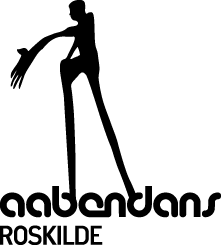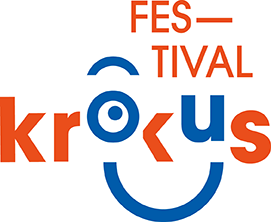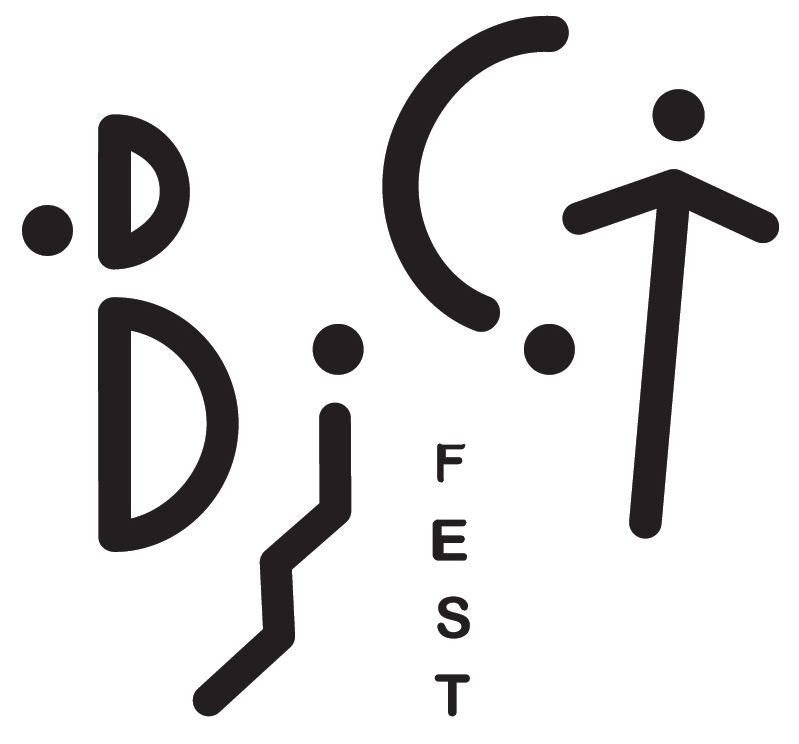With this topic, artists explored how ideas around gender and sexual identity intersect with theatre and dance for young audiences. We wanted to challenge the status quo and found out how we could use performance to explore gender and sexuality in work for children... and whether we should.
We wanted to ask difficult questions concerning taboos, stereotypes and archetypes within work for children, and interrogated where the boundaries lie between what is safe, subversive or wholly inappropriate.
We wanted to interrogate the ways we use bodies on stage and how we might use our art to create a space that resists or subverts the gender clichés and hetero-normative values that children are fed in their everyday lives.
We wanted to inspire artists to think differently about how they make work while taking responsibility for challenging portrayal of gender and sexuality. We wanted to look at visibility and representation, to challenge whose stories are being told. While many European countries now have progressed human rights for LGBTQI people, the world of theatre and dance for children is still mostly portraying traditional families and girl-meets-boy stories.
We wanted to talk about making work that is relevant to all children, including the gender-variant child, the queer child, the homosexual child, the cis-gendered child who might feel constrained by the expectations inherent in being a girl or a boy.
If you are also interested in this topic, you can read the responses from the artists who took part in the PUSH Gender Lab here.









